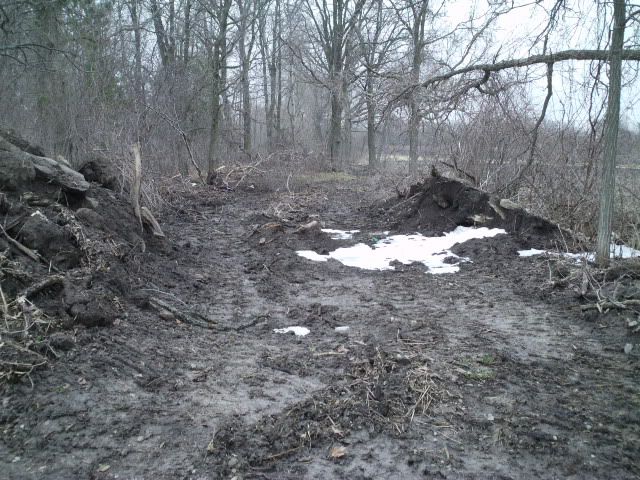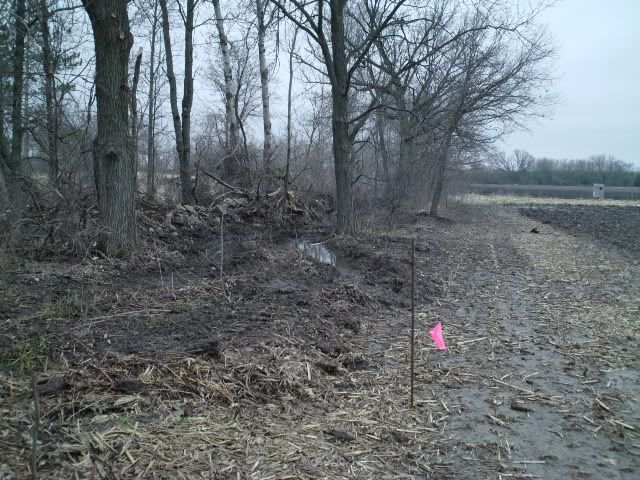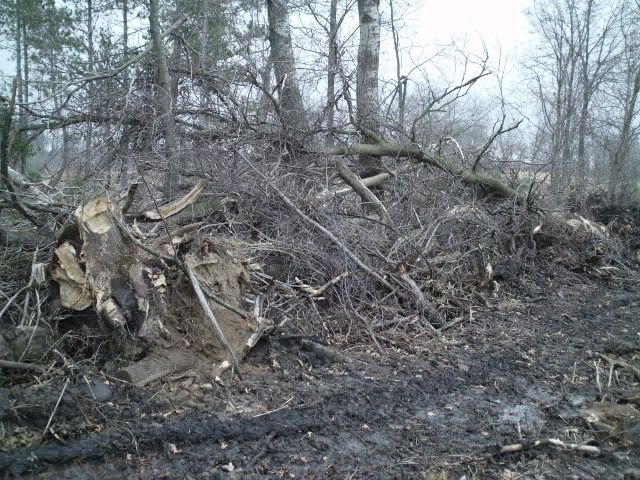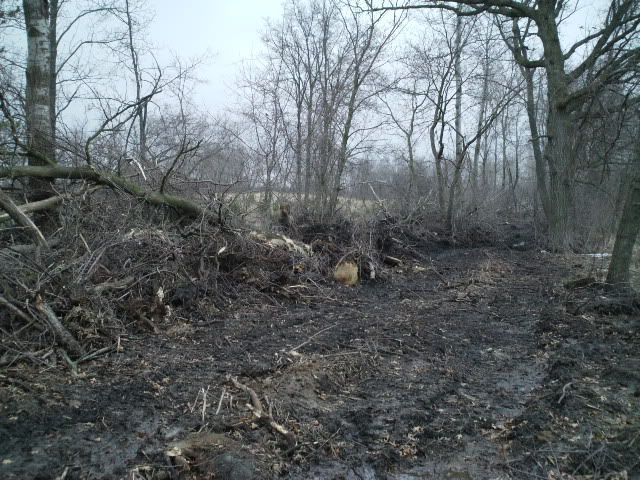dbltree
Super Moderator
I'm often asked how long before deer start using newly hinged areas...usually over night! When I work in a large area day after day however they often choose to move over the ridge where there is less commotion until I leave the area for a day or so. I was at the Iowa Deer Classic for 3 days and when I returned to the TSI job I have been working on for several weeks, the place literally exploded with deer as I rode the ATV in to work.
I could see them get up from the ridge tops and the snow was littered with tracks and I noticed a number of beds where I left off.

The screening alone makes them feel safe bedding and many still choose downed logs or branches


Plenty of shagbarks to drop in this project!

This is a funnel I have been working on for the landowner and it's working like a charm!

The ATV trail will become a funnel in itself as I block off runways that crossed it

Tracks littered the area where I had previously worked




Didn't seem to bother them to use this "tunnel" that I have to finish blocking off

When we combine the plethora of new bedding and browse with year around food sources on this farm the funnels will be a busy places this fall! :way:
I could see them get up from the ridge tops and the snow was littered with tracks and I noticed a number of beds where I left off.

The screening alone makes them feel safe bedding and many still choose downed logs or branches


Plenty of shagbarks to drop in this project!

This is a funnel I have been working on for the landowner and it's working like a charm!

The ATV trail will become a funnel in itself as I block off runways that crossed it

Tracks littered the area where I had previously worked




Didn't seem to bother them to use this "tunnel" that I have to finish blocking off

When we combine the plethora of new bedding and browse with year around food sources on this farm the funnels will be a busy places this fall! :way:


















































































